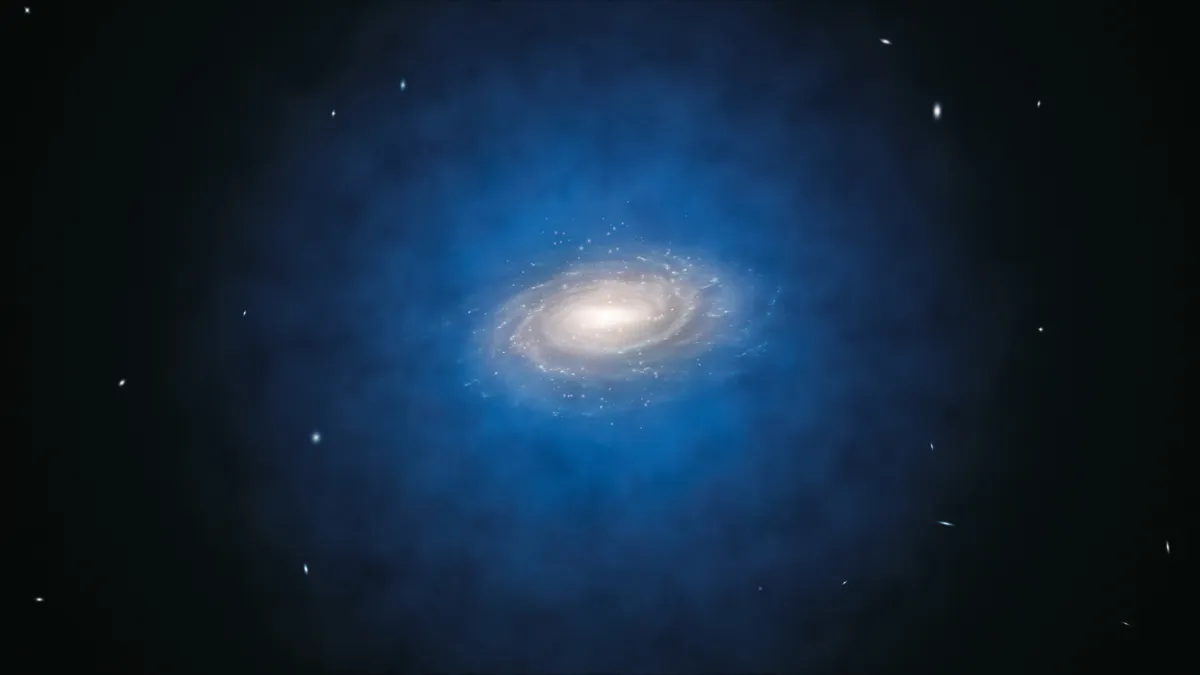
Astronomers have recently uncovered fresh evidence indicating that Earth and our Milky Way galaxy may reside within a gigantic void that is distorting our observations of the universe. This groundbreaking proposal, derived from analyses of the echoes of the Big Bang, suggests that our galaxy might be floating in a region that spans 2 billion light-years and is approximately 20% less dense than the average cosmic environment.
If these findings are validated, they could significantly enhance our understanding of the true age of the universe and potentially resolve one of the most perplexing issues in cosmology known as the Hubble tension. This discrepancy highlights that the distant universe appears to be expanding at a slower rate than the nearby universe. Furthermore, these results could necessitate a comprehensive revision of existing cosmological models.
The research team presented their findings on July 9 during the Royal Astronomical Society's National Astronomy Meeting held in Durham, England. The implications of their work may reshape our understanding of the universe's expansion and our place within it.
Over the past decade, the field of cosmology has faced a growing crisis as data from the Hubble Space Telescope and the James Webb Space Telescope suggested that the universe is expanding at varying rates. Currently, two primary methods are utilized to determine this expansion rate, known as the Hubble constant.
The first method examines tiny fluctuations in the cosmic microwave background, which is an ancient remnant of the universe's first light produced just 380,000 years after the Big Bang. This approach has allowed astronomers to estimate an expansion rate of approximately 67 kilometers per second per megaparsec (km/s/Mpc), closely aligning with predictions from the standard model of cosmology.
In contrast, the second method, which involves measuring closer distances through Cepheid variables, has yielded a puzzlingly high Hubble constant value of 73.2 km/s/Mpc. Although this discrepancy may appear minor, it fundamentally contradicts predictions made by the standard cosmological model.
In light of this anomaly, astronomers have proposed numerous revisions to the standard model of cosmology, including the possibility of eliminating dark energy and dark matter from the equation. However, the researchers behind the new study suggest that this inconsistency may be specific to our local cosmic environment.
Lead author Indranil Banik, an astronomer at the University of Portsmouth in the U.K., noted that one potential explanation for the observed Hubble tension is that our galaxy is located near the center of a large void. This would result in gravitational forces pulling matter toward the denser exterior of the void, causing the void to become emptier over time. Consequently, local expansion within the void could be occurring at a faster rate compared to denser regions of the universe.
The idea that our segment of the universe might be less dense than others originated in the 1990s, when astronomers discovered a lower-than-expected number of galaxies in our local universe compared to surrounding regions. Subsequent research has further supported these findings, indicating that our galaxy could be at the center of a region known as the local hole or KBC void, named after the initials of the researchers involved in the study.
Nonetheless, some astronomers question whether the apparently underdense space might be populated with objects that do not emit light. To further investigate this hypothesis, Banik and his colleagues compiled two decades of data from observations of nearby baryon acoustic oscillations (BAOs). These pressure waves, created during the Big Bang, became frozen in place as the universe cooled, influencing the distribution of galaxies we observe today.
According to the researchers' BAO measurements, it is 100 times more likely that we inhabit a cosmic void rather than a region of average density. The team plans to compare their void model with alternative models to ascertain which scenario best fits the history of the universe's expansion. They will also explore modifications to the standard cosmological model, including questioning the assumption that matter is uniformly distributed throughout the universe.
The potential ramifications of these findings could be extensive—not only for our comprehension of the universe's dynamics but also for our understanding of humanity's position within it. Modern astronomy has consistently suggested that our view of the cosmos is not exceptional. However, if we truly reside in the midst of a void, we may be more unique in our isolation than previously thought.